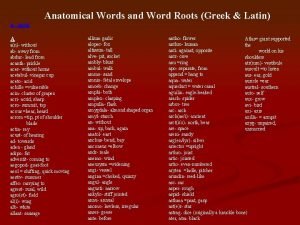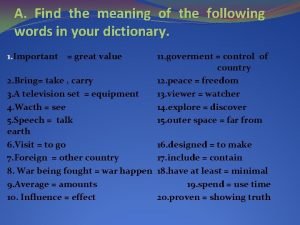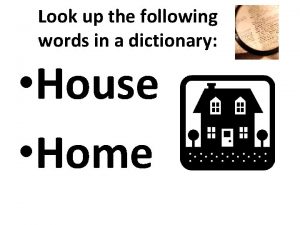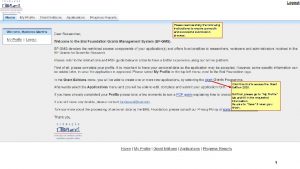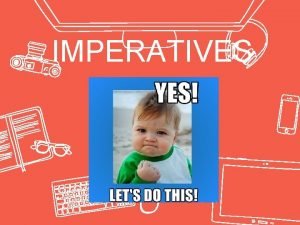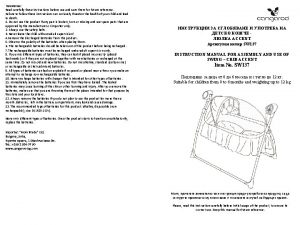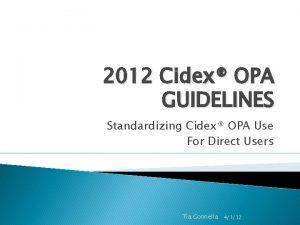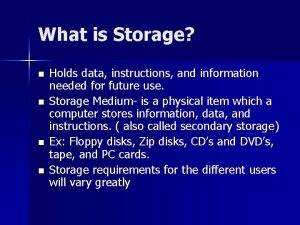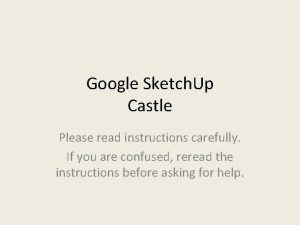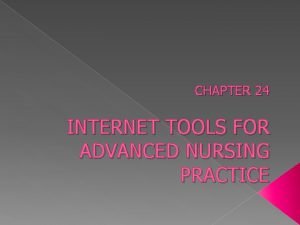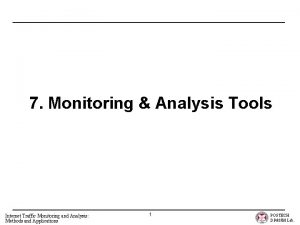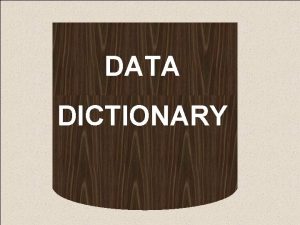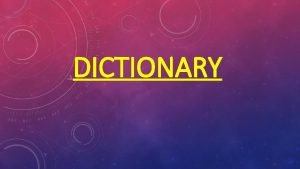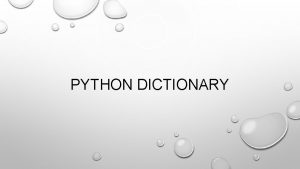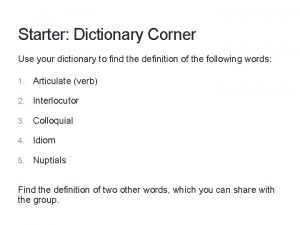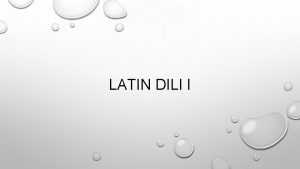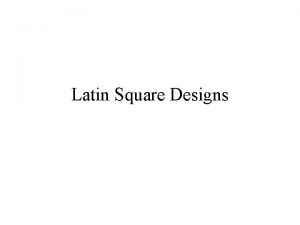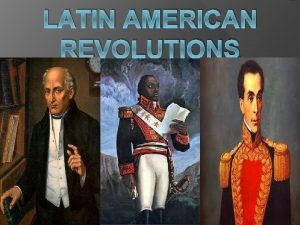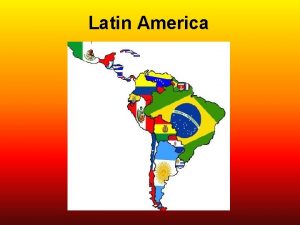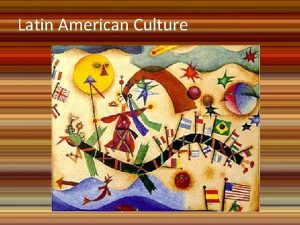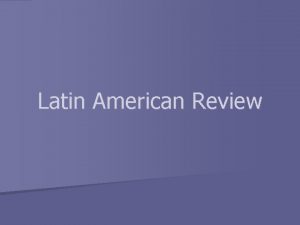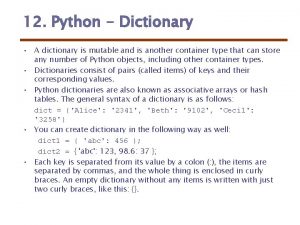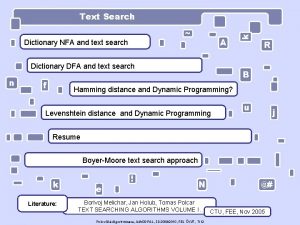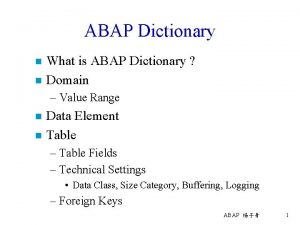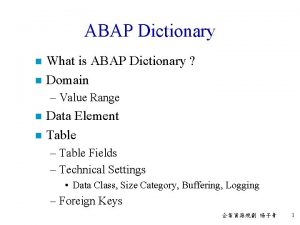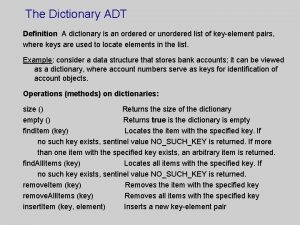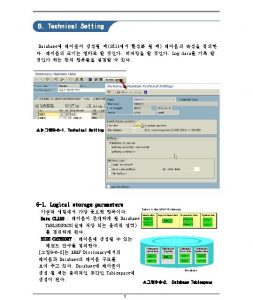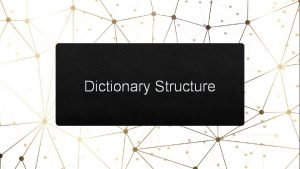Latin Dictionary Tools in Internet Instructions for use





















- Slides: 21

Latin Dictionary Tools in Internet /Instructions for use of the morphological database of Latin in Internet/ Dainis Zeps http: //lingua. id. lv/lingua. htm better to use link below http: //susurs. mii. lu. lv/dainize/lingua. htm Presented as a report in HLT conference held in Riga 21. -22. 04.

Many ancient language learning tools have come in use in Internet during last less then ten years: of Classical Languages: Greek, Latin; of Biblical Languages, Hebrew, Aramaic, Greek. Most of all, Latin websites are produced, e. g. • Latin Teaching Materials at Saint Louis University – whole spectrum of learning tools • Perseus Project: Texts and Translations / Latin and Greek / – Morphological Analysis as tagging and Dictionary tools • The Classics Technology Center: CTCWeb – ample collection of Latin and Greek sites • Reading Exercises in Latin /D. Zeps/ – morphological and lexical tagging, syntactical phrases’ tagging

What is electronic dictionary? Most of all we find in Internet dictionary as a text window supplied with push button canis Push to find Pushing the button dictionary entry opens with corresponding headword. In Perseus Project: Texts and Translations you would find:

In Perseus Project: Texts and Translations one would find more:

. . . and even more

Thus, what concerns dictionaries, up to now mostly sophisticated approach in ancient languages seems in Perseus Project: Texts and Translations Our aim is to suggest more sophisticated approach to treat term ‘dictionary’: giving wider functionality to it. Dictionary should be morphological tool for lexical items both with analyzing and generating capability §Having full database relational capability; §Posessing easy of inquiring. Last two features are contradicting: thus we suggest: full database relational capability is that what should be integrated in the database on the whole, whereas for user in Internet some chosen functions must be suggested that may be gradually augmented according requirements of users. Thus our aim is: To use this dictionary tools page to get new experience in order to invent new useful and mostly necessary functions of inquiring. Another possibility would be try to exibite in Internet as many as possible functions from database functionality, but it would make the use of the site too complicated for unexperienced users.

Five sets of functions are presented: http: //lingua. id. lv/lingua. htm better to use link below http: //susurs. mii. lu. lv/dainize/lingua. htm §Search Latin Form §Search Dictionaries §Flexion Table Generator §Latin Word Quiz §Multiplication Table Quiz

Searching Dictionary Tools Please, use link http: //susurs. mii. lu. lv/dainize/dicttools_exp. asp In the text window enter ‘silva’. Try ‘silvanus’, ‘amavisti’, ‘murilegus’, ‘astra’, ‘castus’. In the text window enter ‘slaughter’. Try ‘father’, ‘fishmonger’, etc. Push button Go. Change number of subdictionary /from 1 do 5/ in text window and go on pushing Go.

Choose Dictionary and Search function Full dictionary and five subdictionaries may be chosen.

Please, use link http: //susurs. mii. lu. lv/dainize/dicttools_exp. asp#chdicty Five subdictionaries are present which are possible to search. Please try yourselves parameters as in picture and below: dictionary ‘classic middle (Wheelock)’, word class ‘N’, Class ‘ 4’ and Genus ‘F’.

Please, use link http: //susurs. mii. lu. lv/dainize/flex. asp An example: inflection of the verb ‘amare’ in imperfect subjunctive: please try yourselves: print ‘amo’ with verbi tempus ‘impf’ and verbi modus ‘sub’. Exercises: please try: ‘bonus’ with gradus comparationis ‘comp’ ‘prosum’ with pars orationis ‘v’ and verbi modus ‘sub’ ‘duo’ with numeri genus ‘ord’

What else as some necessary function could be added? Exempli gratia, In place of the named query parameters changeable parameters may be added, i. e. above choise window stands another choise window where we choose a function for the window below.

Representation of Latin form in database: Set of Latin forms as morpheme Whenever possible we stand to a simple rool: A single Latin form = root + inflection. But. . . Not always one morpheme in all its possible forms can be represented as a root+inflection; thus it is convenient to divide morpheme as if in submorphemes where for each submorpheme there holds: Submorpheme =root + inflection E. g. morpheme for a Latin word ‘capere’ is set of submorphemes : First present stem s. m. restricted on indicative allomorphs: ‘capi’ + {‘o’, ‘unt’} Second present stem s. m. restricted on infinitive and indicative allomorphs: ‘cap’ + {‘ere’; ‘s’, ‘t’, ‘mus’, ‘tis’} Perfect stem s. m. restricted on indicative allomorphs: ‘cep’ + {‘i’, ‘isti’, ‘it’, ‘imus’, ‘istis’, ‘erunt’} Supine stem s. m. restricted on perfect allomorphs: ‘capt’ + {‘us’, ‘i’, ‘o’, ‘um’, ‘o’, ‘i’, ‘orum’, ‘is’, ‘os’, ‘is’}

More general question in a wider context in AI in general: What may be our aim in developing teaching tools in ancient languages or in languages on the whole? Two general approaches: to make self learning systems to: § to help us to learn (ancient) languages or § to serve us as inquiring resources for getting answers whenever we need something to know. It may seem that both possibilities are crucial for us as desirable outcome.

To answer this question we suggest to have a look back in history.

Hale’s reading machine Hale W. G. 1887. The Art of Reading Latin: How to Teach It. Cornell University, Boston, Ginn & Co. , pp. 31. William Gardner Hale in 1887 suggested a method for learning to read Latin and Greek texts. His method may be called Hale’s reading machine: reading sentence, for each new word all possibilities of coming syntactical construction must be explicitly named and characterized. Thus, for every word which by reading comes in our mind, all possible syntactical functions of it in the sentence must be explicitly characterized. Hale argued that we must learn a language to this level to acquire such capability of understanding of the language that is the only way and escape if only we realy want to have hope to read ancient authors fluently.

Hale argued that we may learn a language to such a level that we can acquire the capability of understanding the language accordingly his method in simulating his reading machine that is the only way and escape if only we realy want to have hope to read ancient authors fluently.

It was in 1887. How it is now? What shows up contemporary praxis concerning this general question? What approach is more preferable for mathematical linguists? Mathematical linguists are getting inside essence of languages more and more But. . . What way they go when questioned from either one or other point of view? What they do objectively making self learning tools and having their own experience in understanding languages both from outside and inside? t. l. m. l. t. l. =language teaching linquists m. l. =mathematical linguists 1 st op. 2 nd op. 1 st op. =linguists objectively representing first opinion 2 nd op. =linguists objectively representing second opinion

Use link http: //susurs. mii. lu. lv/dainize/latquiz. asp

Use link http: //susurs. mii. lu. lv/dainize/multtable. asp

Thank you for attention!
 Latin verb dictionary
Latin verb dictionary Words with the root vid
Words with the root vid Give the meanings of the following words
Give the meanings of the following words Look at the following words
Look at the following words A computer keeps data, instructions, and information on ...
A computer keeps data, instructions, and information on ... Please read the instructions carefully
Please read the instructions carefully Use to give orders or instructions
Use to give orders or instructions Please read instructions carefully before use
Please read instructions carefully before use Cidex opa solution log sheet
Cidex opa solution log sheet It holds data instructions and information for future use
It holds data instructions and information for future use Please read instructions carefully before use
Please read instructions carefully before use What is internet
What is internet Internet tools for advanced nursing practice
Internet tools for advanced nursing practice Internet analysis tools
Internet analysis tools Internet services and tools
Internet services and tools Kontinuitetshantering
Kontinuitetshantering Typiska drag för en novell
Typiska drag för en novell Tack för att ni lyssnade bild
Tack för att ni lyssnade bild Vad står k.r.å.k.a.n för
Vad står k.r.å.k.a.n för Varför kallas perioden 1918-1939 för mellankrigstiden?
Varför kallas perioden 1918-1939 för mellankrigstiden? En lathund för arbete med kontinuitetshantering
En lathund för arbete med kontinuitetshantering Adressändring ideell förening
Adressändring ideell förening

